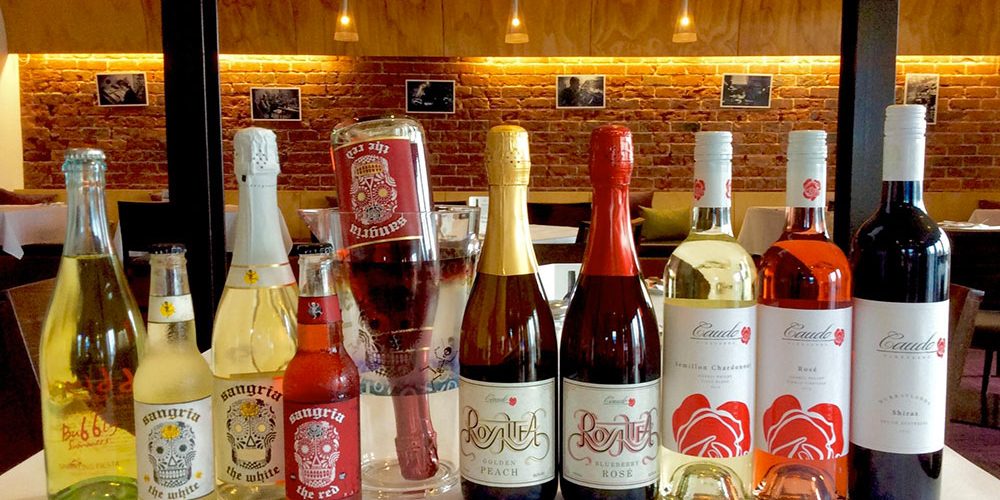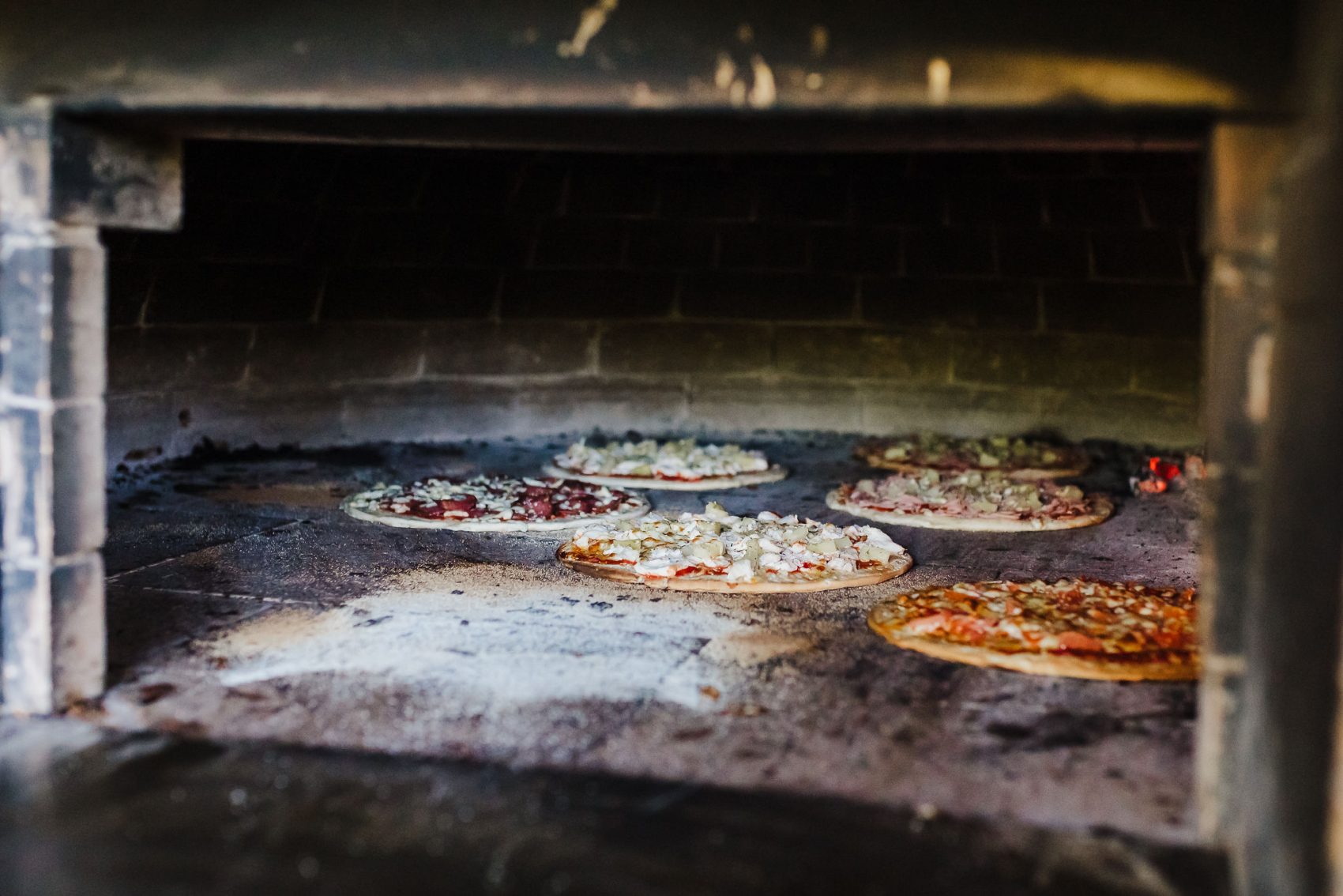I’m on a wine journey and every week I am uncorking something new and exciting to try. I get asked a number of times by friends and family, “Is this a good wine?” I’m no sommelier but there’s nothing I love more than a really good quality wine. But what makes a wine good? Well here’s what I do know- it’s completely up to you and your own interpretation.


Aroma is one of three steps to assessing and interpreting wine. “Hints of strawberry, plum and blackberries” – these aren’t just marketing ploys, they are aroma compounds commonly found in wine. These compounds include esters, methoxypyrazines, monoterpenes and thiols. It gets pretty scientific but essentially they are the reason why you can identify the smell of other fruits, flowers or herbs in wine.
When the grapes are crushed and fermented, the grapes release aroma precursors. Every grape has aroma precursors also known as ‘primary aromas’, usually fruit or vegetal driven. Wine varieties are known to possess particular aroma compounds, for example, Sauvignon Blanc is often high in thiols providing bittersweet fruit aromas like gooseberry, apple and passionfruit.

Look out for these three aromas;
PRIMARY AROMAS: Aromas from the type of grape and the terroir. Primary aromas are usually focused around fruit, herbal, and floral aromas.
SECONDARY AROMAS: These are from the winemaking process. Secondary aromas include (but are not limited to) notes such as fresh baked bread and lager (from yeast) as well as sour cream and yogurt (from malolactic fermentation).
TERTIARY AROMAS: These are aromas from aging in oak or in the bottle. Tertiary aromas include clove, vanilla, baking spices, roasted nuts, dill, coconut, and smoke, as well as a general shift in the fruit character from fresh to dried.


Images credit: Wine Folly (http://winefolly.com/review/identifying-flavors-in-wine/)
So now it’s time to get sniffing. Start by giving the glass a few swirls. Not only do you look like a wine wizard genius, more importantly you allow oxygen to get into the wine to bring out the full extent of the aromas.

What do you smell?
Now that’s up to your interpretation! And it’s going to come from your “sense memory” which is made up of all the aromas you have ever smelt and are banked in your brain. The thing is, you can’t identify the aroma if you haven’t smelt it before.
Of course there are other factors like flavour, body and texture that add to your enjoyment of a wine, but aroma should be your first indicator to a good drop. You are the judge of your own wine, and it simply comes down to whether it’s your cup of tea wine or not. But next time you pour a glass, sniff a little deeper and understand what it is about the wine that makes it a “good wine” for you.





